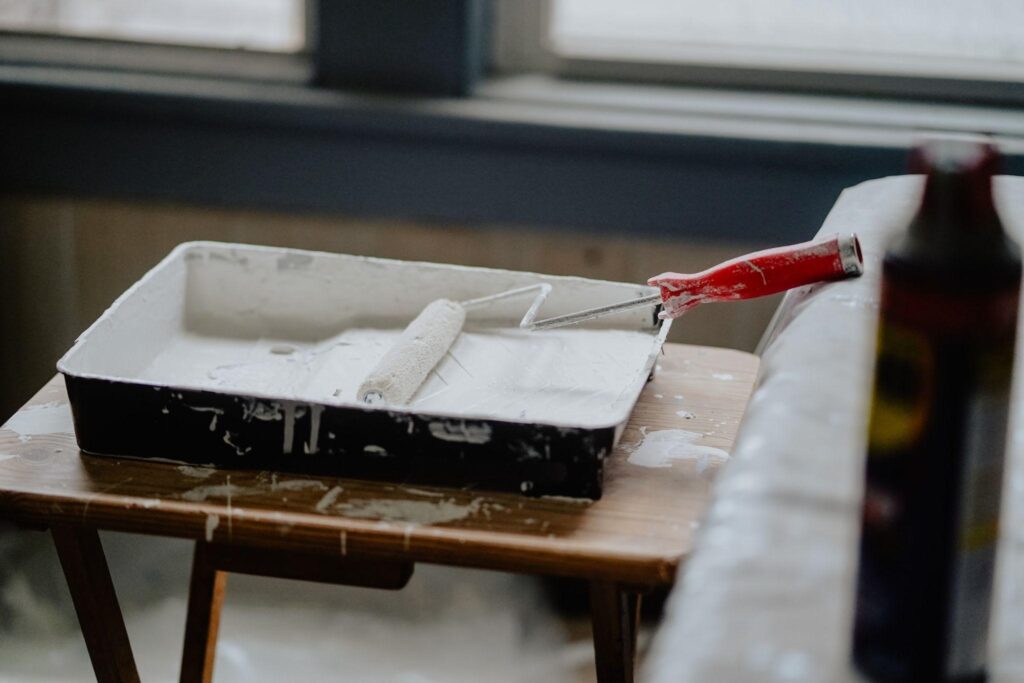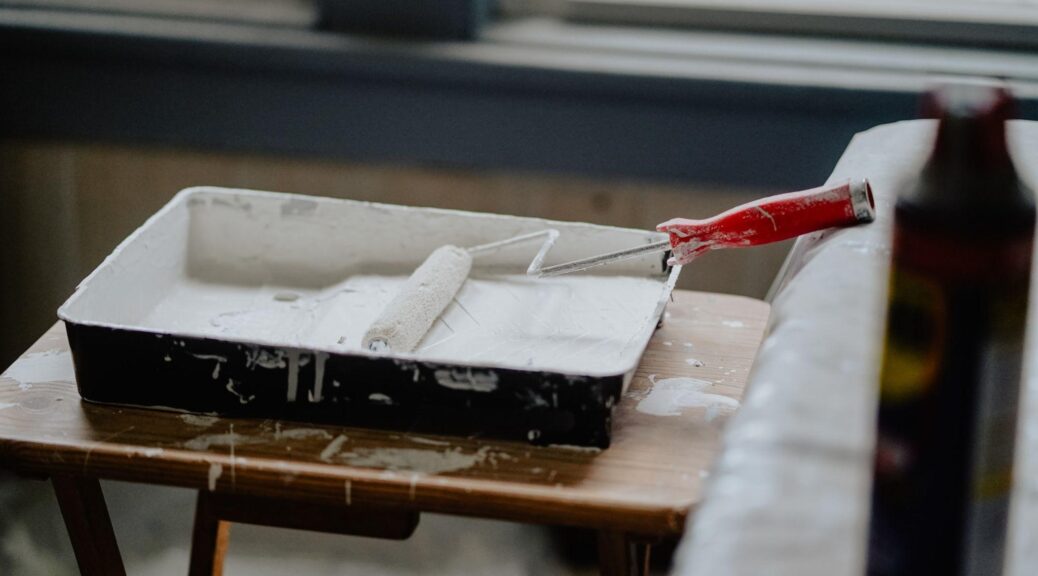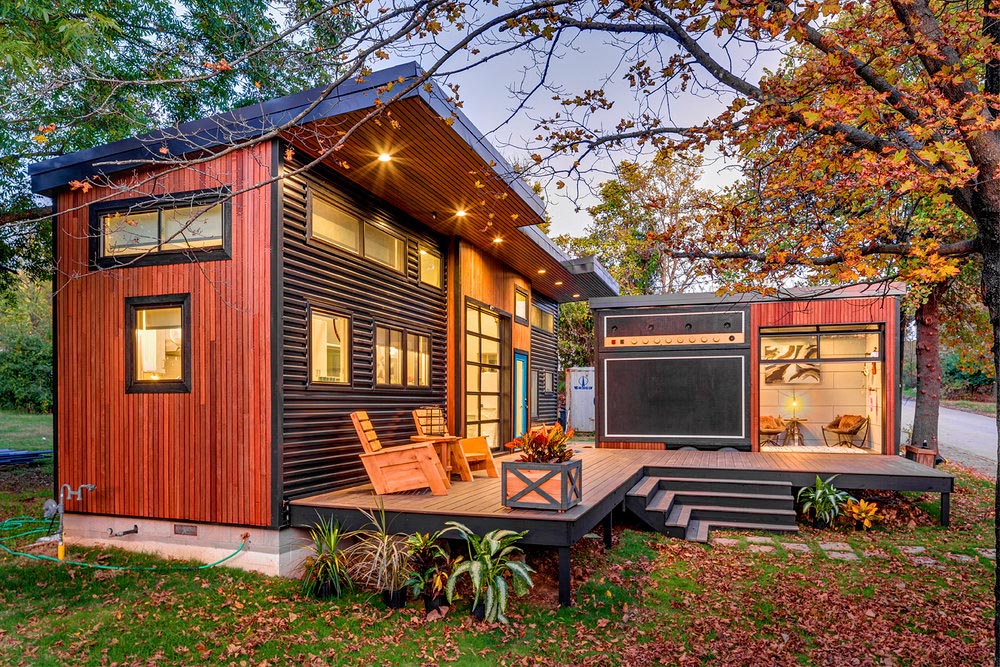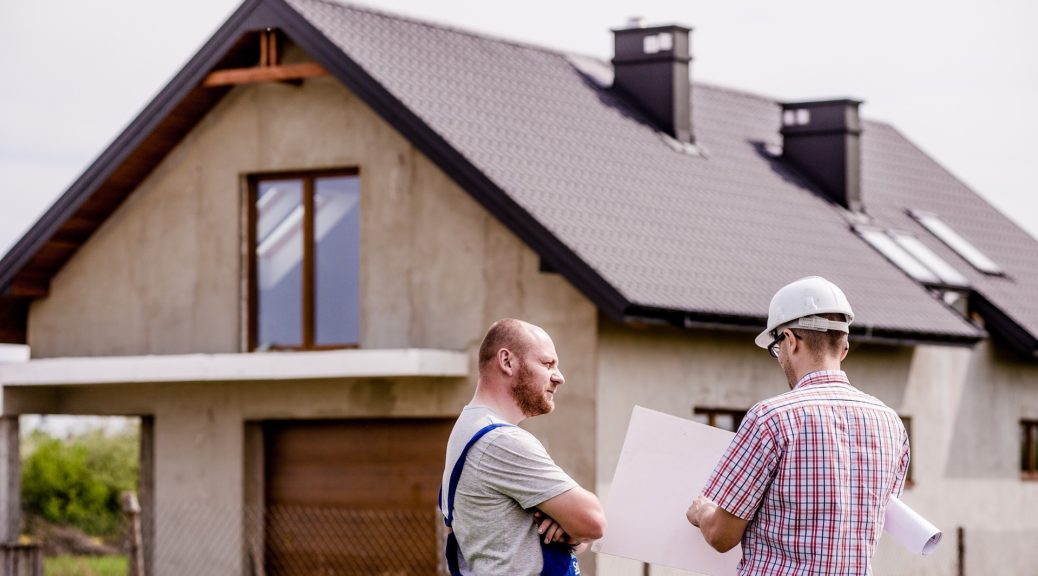
Having been in real estate for 23 years, I have dealt with many investors looking to buy a fixer-upper and resell it, or what we call flipping. My husband and I also have flipped a few homes, making good money and enjoying the end product. With our market changing, you would think there are not many flippers out there, but as the broker/CEO of Dynamic Real Estate, I receive multiple text messages from investors looking to buy and flip.
This week’s article by Erin Reynolds matches what I have seen on the market and analyzes a unique way for college students to make some money and possibly go to college debt-free.
You can find more info about Erin Reynolds on diymama.net | erin@diymama.net.
As an adult returning to college, you might struggle to finance your education. But did you know that there are ways to pay for your college education while improving your financial situation at the same time? One strategy is to flip houses. House flipping essentially means purchasing a property, making some renovations or upgrades, and reselling it for profit. Today, Running for Real Estate discusses precisely how this prospect can help you pay for college and improve your overall situation!
Choosing a Good Property to Flip
The first step in flipping houses is identifying a property that has the potential for a good profit margin. The key is to look for something that is undervalued and has room for improvement. You’ll also want to consider the location of the property because it can greatly impact the resale value. Foreclosure auctions, short sales, and banked-owned properties are some excellent places to look for undervalued properties.
Exploring Kitchen Upgrades
Once you’ve chosen a property, it’s essential to make wise, cost-effective renovations that will boost the resale value. One area that can greatly increase the value of the home is the kitchen. After all, it’s the most important space for many buyers!
Consider making upgrades like new countertops, cabinets, or appliances. You could also attract buyers with a new range hood that helps improve the kitchen’s air quality. These kinds of upgrades are known to have a high return on investment and can significantly increase the house’s sale price.
Cleaning Every Room
Before listing your property for sale, you’ll want to take the time to thoroughly clean and declutter the space. A clean, organized home is much more appealing to buyers and can sell faster; it also signals to buyers that the rest of the property is in good shape. Be sure to clean every room in the house, including the windows, floors, and walls. And if you have laminate floors, be careful what kind of vacuum you use. Some vacuums with hard bristles will scratch the finish and leave you in a pickle!
Staging the Home
Staging your flip property for photos and showings will go a long way toward enticing potential buyers and getting a higher selling price. You can do this with some simple home decor and furniture arrangements. Try adding fresh flowers or plants, putting away personal items, and creating cozy spaces with pillows and throws.
Marketing the Property
Marketing is vital to a successful house-flipping business. One of the most effective ways to attract potential buyers is to go through online channels like social media and real estate websites. Consider using professional photos and descriptions that highlight the property’s features. It’s also important to write an appealing listing that will draw in buyers by discussing the benefits of the property and its location.
Go Back to School
One big benefit of house-flipping is that it allows you plenty of time to set your schedule and pursue other interests as desired — like going back to school! Furthering your education is a great way to boost your confidence while also opening lots of doors career-wise. There are plenty of lucrative degree options out there, like data analytics, and an online learning platform offers individuals the flexibility to earn their degree on their own time, from the comfort of their own home.
Hiring Professionals Along the Way
Flipping houses is hard work and can be overwhelming at times. Hiring professionals to help with specific aspects can ensure that everything runs smoothly while reducing your stress. You might include a contractor for renovations, an experienced real estate agent to help sell the property, a lender to help with the financing, and a photographer to capture professional images. These experts can help you navigate the process of flipping houses and make it more manageable (and successful).
Summary
If you need to pay for your college tuition as an adult, flipping houses is one of the best ways to do it. Learning to select a profitable property, making the right renovations, marketing the property effectively, and implementing the other tips above will put you in an excellent position to make money and finance your education. Remember that flipping houses will require time, effort, and a bit of financial risk. Be sure to do your research and plan accordingly so that you can turn this practice into a stepping stone to long-term success!
Whether you’re interested in running or real estate, Running for Real Estate is a great place to learn more! Questions? Call 916–342–2446.
For more inspiration on how to let “AIR,” which stands for adaptation, inspiration, and resilience guide you, please consider buying my print edition or e-book The PR- The Poetics of Running, A Book of Poetry in Motion and Morsels of Love, A Book of Poetry and Short Forms on Amazon, or any other of my books.
For more info on running and real estate, whether buying or selling, please e-mail me at carmenmicsa@yahoo.com, or call me at 916–342–2446.
Also, mention this blog and receive a great offer whether buying (credit for closing costs) or selling (commission discount).
Running for real estate with joy!

















 Photo by
Photo by 

 Photo credit: Pexels.com
Photo credit: Pexels.com
